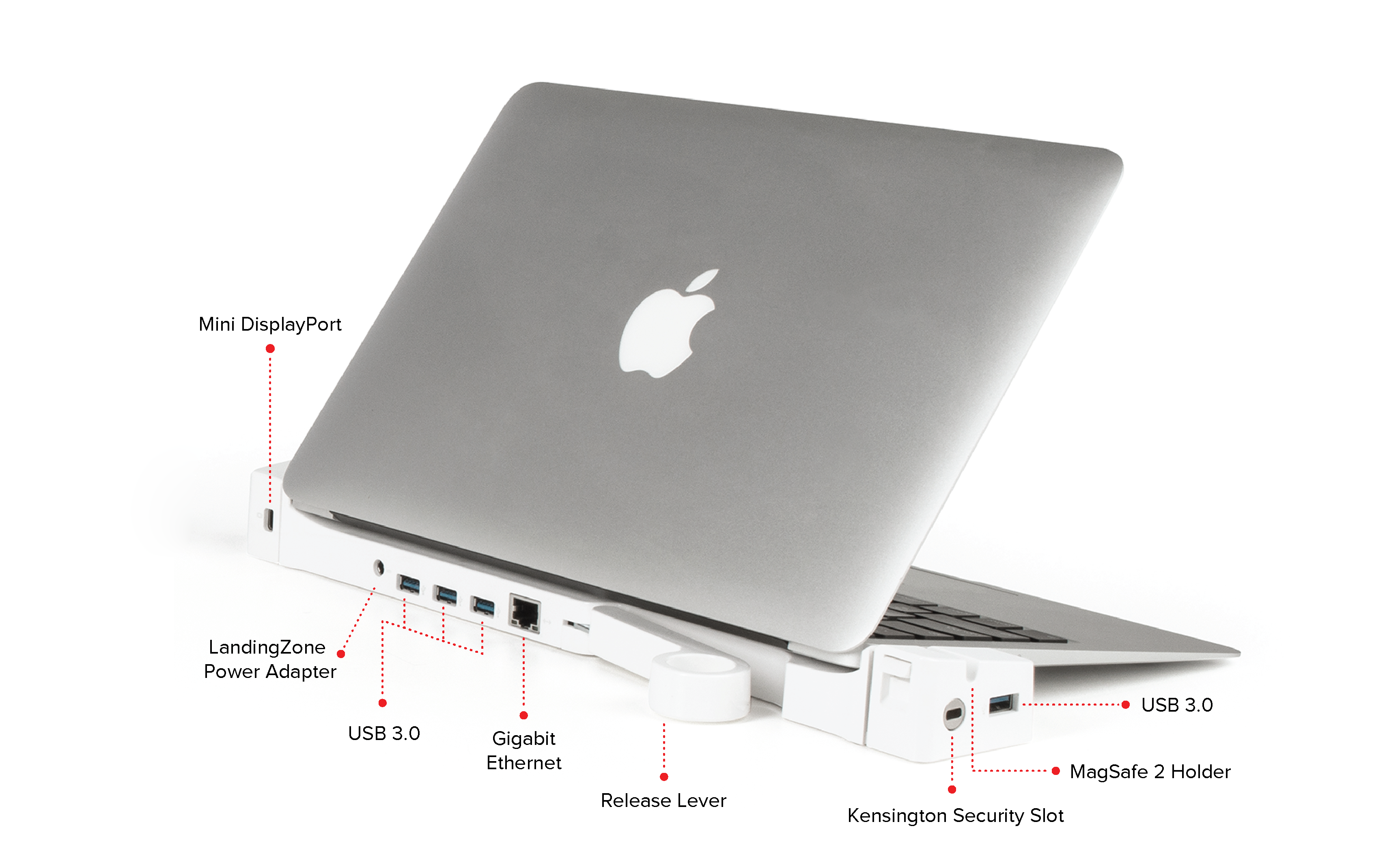

The medium test hits the same webpages (Flash and all) but far more aggressively.

It’s a great way of estimating battery life if you’re going to be using your notebook as a glorified typewriter (likely a conservative estimate for that usage model).
#CHARGER FOR MACBOOK AIR 13 INCH 2013 UPDATE#
Web browsing may be the medium for the test but if all you’re doing is typing, watching Twitter update and maybe lazily doing some other content consumption this is a good representation of the battery life you’ll see. The long pause time between page loads is what really makes this a light test. Flash is enabled and present on three of the sites. The light test hits four different websites every minute, pausing for nearly the entire time to simulate reading time. The light and medium suites are inherently related - they use the same workload and simply vary the aggressiveness of that workload. So how did the MacBook Air fare in our testing? To find out I turned to our updated 2012 battery life test suite, first introduced with the 15-inch rMBP review.
#CHARGER FOR MACBOOK AIR 13 INCH 2013 MAC#
Our first Mac battery life tests ran at roughly 50% brightness (100 nits). Apple’s changes to its battery testing methodology actually tend to unintentionally mirror ours. Our tests by comparison are at 81.5% (200 nits on the MBA). Previously it ran all of its own battery life tests at 50% brightness, but starting with the MacBook Air Apple’s quoted battery life numbers are at 75% brightness. On the 13-inch MBA, Apple claims up to 12 hours of usage on a single charge.Īpple even revised its own testing in order to make its quoted battery life numbers more realistic. The combination of which is really the perfect storm for increasing battery life.

Haswell’s FIVR (Fully Integrated Voltage Regulator) can more quickly/aggressively enter and exit low power states. OS X already did very well in the idle power department. The result of all of this is a downright tremendous improvement in battery life. Although it’s not immediately apparent, I would assume that Apple’s new SSDs also support DevSleep (DEVSLP) and Runtime D3. The increase in battery capacity had no impact on weight. You’ll have to wait for OS X Mavericks to realize these gains.Īpple also boosted overall battery capacity on the MacBook Airs by roughly 8%. Of all of the platform power optimizations, this is the only one that isn’t currently taken advantage of in OS X. I’ve talked about this extensively over the past several months, but it’s effectively a messaging system that allows all devices/controllers within a system to coordinate going into sleep states during periods of idle time. Haswell ULT also enables support for Intel’s Power Optimizer framework. Anyone else smell laptop/tablet convergence coming this way? Last year's model required 16 DDR3L devices, compared to 4 x 32-bit LPDDR3 devices here.

Note the impact this has on DRAM device layout on the PCB itself. We’re still dealing with a 128-bit wide memory interface with a 1600MHz datarate. Overall bandwidth remains unchanged despite the move to very low power memory. Apple has historically not had an issue with spending a bit extra to get a better overall experience, so it’s not surprising to see the MacBook Air ship with LPDDR3. LPDDR3‘s power advantage is why it’s frequently used in smartphones vs. LPDDR3 on the other hand drops voltage even further (1.2V) while introducing architectural features to drive power down even lower. Standard DDR3 operates at 1.5V, while low-voltage DDR3L drops that down to 1.35V - the two standards are otherwise identical. The other big change, and one that Apple is among the first (only?) to take advantage of is Haswell ULT’s support for LPDDR3. Haswell ULT supports lower power sleep states (up to C10) than the standard mobile or desktop parts (C6/C7). The combination of Haswell ULT CPU and PCH are both included in the new 15W TDP (there’s a 28W version as well but not used in the MacBook Air). Haswell ULT silicon itself is binned for lower voltage/power operation. The PCH also moves down to 32nm, helping further reduce power consumption. Bringing it on package reduces the amount of power needed to drive traffic between the CPU and PCH, which in turn helps reduce platform power. The PCH is responsible for all SATA, USB, PCIe 2.0 and other rest-of-system interfaces. Intel is being frustratingly cagey with giving up real details on exactly what’s going on with Haswell ULT, but here’s what I’ve been able to piece together.įor starters, Haswell ULT brings the PCH (Platform Controller Hub) on-package. It turns out that although Intel did a wonderful job of driving down CPU power consumption over the years, it did nothing to make the rest of the platform keep up. With Haswell ULT, Intel aggressively focused on driving down total platform power consumption.


 0 kommentar(er)
0 kommentar(er)
